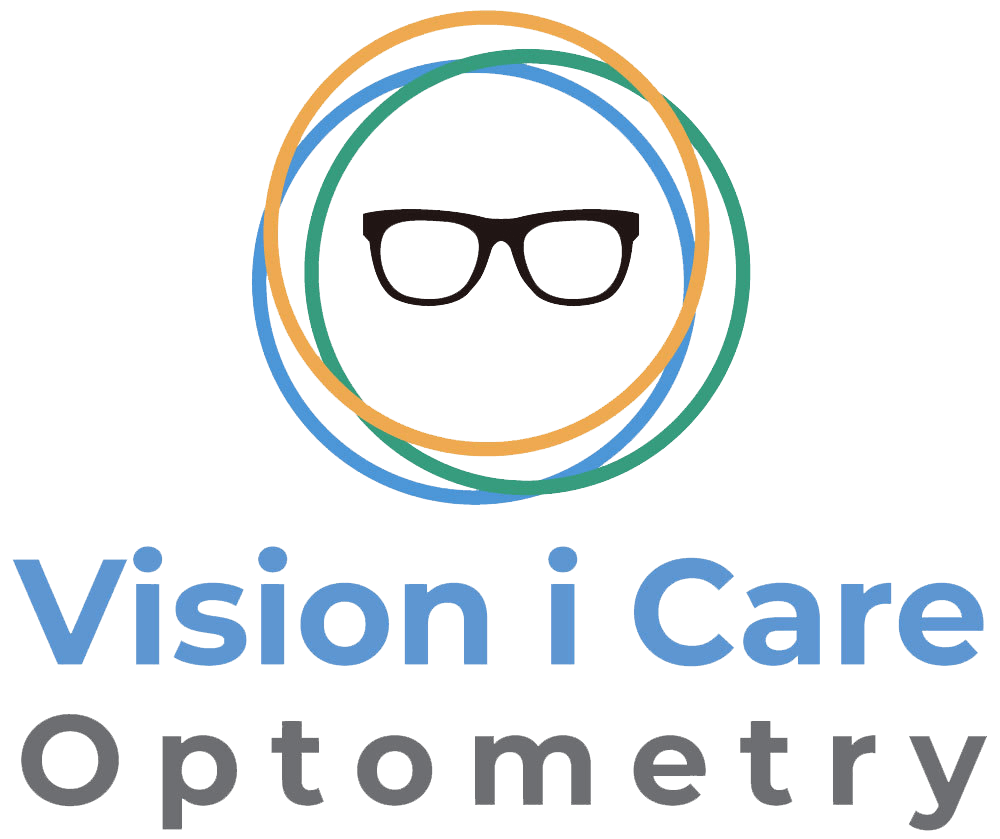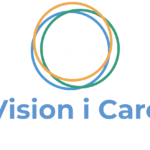Dry eye syndrome affects millions of people worldwide, causing discomfort that ranges from mild irritation to severe pain that interferes with daily life. While the term “cure” suggests complete elimination of the condition, most cases of dry eyes require ongoing management rather than a one-time fix.
This comprehensive guide explores evidence-based approaches to effectively manage dry eyes long-term, addressing root causes and providing sustainable relief strategies. By understanding the underlying mechanisms of dry eye syndrome and implementing the right combination of treatments, you can achieve significant and lasting improvement in your eye comfort and health.
What is Dry Eye Syndrome?
Dry eye syndrome (DES), also known as keratoconjunctivitis sicca, is a chronic condition that occurs when your eyes cannot produce enough tears or when the tears evaporate too quickly. This leads to a lack of proper lubrication on the eye’s surface, causing inflammation and damage to the ocular surface. The condition affects the tear film, which is essential for maintaining eye health and clear vision by providing lubrication, reducing the risk of eye infection, and keeping the eye’s surface smooth and clear.
6 Common Causes of Dry Eyes
- Age-related changes: As we age, tear production naturally decreases, with adults over 50 experiencing a higher prevalence of dry eyes. The meibomian glands that produce the oily component of tears may also function less efficiently with age.
- Environmental factors: Low humidity, air conditioning, heating systems, and windy conditions can accelerate tear evaporation. Extended exposure to these conditions, particularly in offices or during air travel, can significantly worsen dry eye symptoms.
- Digital device usage: Prolonged screen time reduces blink rate by up to 60%, preventing proper tear distribution across the eye surface. The resulting digital eye strain contributes significantly to dry eye symptoms among computer users and smartphone enthusiasts.
- Medications: Antihistamines, decongestants, antidepressants, blood pressure medications, and hormone replacement therapy can decrease tear production as a side effect. Patients taking multiple medications that affect tear production may experience compounded dry eye symptoms.
- Medical conditions: Autoimmune disorders like Sjögren’s syndrome, rheumatoid arthritis, and lupus frequently cause dry eyes as part of their systemic inflammation. Diabetes, thyroid disorders, and vitamin A deficiency can also compromise tear production and quality.
- Contact lens wear: Long-term contact lens use can contribute to dry eyes by disrupting the tear film and increasing tear evaporation. Contact lenses can also absorb tears from the eye surface, potentially exacerbating dryness.
3 Types of Dry Eyes and Their Symptoms
Aqueous Deficient Dry Eye (ADDE)
Aqueous deficient dry eye occurs when the lacrimal glands fail to produce enough of the watery component of tears. This type accounts for approximately 10% of dry eye cases and is often associated with autoimmune conditions like Sjögren’s syndrome. The lacrimal glands may become damaged or dysfunctional, leading to insufficient tear production and inadequate lubrication of the eye surface.
Symptoms of ADDE Include:
- Stinging or burning sensations: Patients often report an intense burning sensation that worsens as the day progresses. This discomfort typically intensifies in dry environments or while engaging in activities requiring visual concentration.
- Stringy mucus discharge: A characteristic sign of aqueous deficiency is the production of thick, stringy mucus in or around the eyes. This occurs as a compensatory mechanism when the eye attempts to protect its surface despite insufficient tears.
- Light sensitivity (photophobia): Increased sensitivity to light develops as the corneal surface becomes irregular due to dryness. Even moderate indoor lighting can cause discomfort or pain in severe cases.
- Difficulty with nighttime driving: Poor tear film quality can cause increased glare and halos around lights, making nighttime driving particularly challenging and potentially dangerous.
Evaporative Dry Eye (EDE)
Evaporative dry eye is the most common form, representing about 80% of all dry eye cases. It occurs when tears evaporate too quickly from the eye’s surface, typically due to dysfunction of the meibomian glands, which produce the oily layer of the tear film. Without this protective oil, tears evaporate rapidly, leaving the eye inadequately lubricated despite normal tear production.
Symptoms of EDE Include:
- Eyelid inflammation and redness: The edges of the eyelids often become inflamed, thickened, and red. This condition, known as blepharitis, frequently co-exists with meibomian gland dysfunction and contributes to tear film instability.
- Gritty or foreign body sensation: Many patients describe feeling as though sand or grit is trapped in their eyes, even when no foreign body is present. This sensation often worsens throughout the day and with prolonged visual tasks.
- Blurry vision that improves with blinking: Visual clarity fluctuates and temporarily improves after blinking as the tear film briefly redistributes across the eye surface. This symptom is particularly noticeable when reading or using digital devices.
- Watery eyes paradoxically occurring with dryness: The eye may produce excess watery tears in response to irritation, but these reflex tears lack the proper composition for adequate lubrication. This creates a confusing situation where eyes feel dry despite excessive tearing.
Mixed Dry Eye
Mixed dry eye involves components of both aqueous deficiency and evaporative dry eye, creating a complex condition that can be particularly challenging to manage. This type occurs when patients have both insufficient tear production and excessive tear evaporation, resulting in compounded symptoms and potential complications if left untreated.
Symptoms of Mixed Dry Eyes Include:
- Severe eye fatigue and discomfort: Patients often experience pronounced eye fatigue that worsens throughout the day. This fatigue can be debilitating and may significantly impact productivity and quality of life.
- Persistent redness: Chronic inflammation leads to visible redness in the whites of the eyes (conjunctival hyperemia). This redness tends to be more persistent than in single-mechanism dry eye and may not respond as well to basic treatments.
- Contact lens intolerance: Many patients develop an inability to wear contact lenses comfortably, even if they previously tolerated them well. Attempts to wear contacts may result in immediate discomfort, increased redness, and blurred vision.
- Morning symptoms: Unlike pure evaporative dry eye (which often worsens throughout the day), mixed dry eye frequently causes significant morning symptoms. Patients may wake with their eyelids stuck together or experience intense burning immediately upon opening their eyes.
Can Dry Eyes be treated?
Yes, dry eyes can be effectively treated, though the approach depends on the underlying cause and severity of the condition. While many cases of dry eye syndrome are chronic and require ongoing management rather than a one-time cure, most patients can achieve significant relief and improved quality of life with proper treatment. The key to successful management lies in a comprehensive approach that may combine professional medical interventions, lifestyle modifications, and consistent at-home care routines.
7 Professional Treatment Options for Long-Term Results
- Prescription anti-inflammatory medications: Drugs like cyclosporine (Restasis) and lifitegrast (Xiidra) reduce inflammation on the eye’s surface and help increase natural tear production. These medications typically take several weeks to reach maximum effectiveness but provide sustainable relief for many patients.
- Punctal plugs: These tiny silicone or collagen devices are inserted into the tear ducts to block drainage, keeping tears on the eye’s surface longer. Temporary plugs dissolve over time, while semi-permanent ones can remain in place for years to provide ongoing relief from dry eyes.
- Intense Pulsed Light (IPL) therapy: This in-office procedure uses light energy to treat inflammation around the eyelids and unblock oil glands. Studies show IPL can significantly improve symptoms for patients with meibomian gland dysfunction, often requiring just 3-4 sessions for noticeable improvement.
- LipiFlow thermal pulsation: This specialized treatment applies controlled heat and pressure to the eyelids, melting and expressing hardened oils from blocked meibomian glands. The 12-minute procedure can improve oil gland function for up to 12 months after a single treatment.
- Autologous serum tears: Created from the patient’s own blood, these specialized eye drops contain healing factors not found in artificial tears. They’re particularly effective for severe dry eyes that haven’t responded to conventional treatments, providing growth factors that promote ocular surface healing.
- Scleral contact lenses: These specialized lenses vault over the cornea and contain a reservoir of fluid that continuously bathes the eye surface. For patients with severe dry eyes, scleral lenses can provide all-day relief and significant vision improvement when other treatments have failed.
- Amniotic membrane therapy: Tissue from placental membranes can be applied to the eye surface to promote healing in severe cases. This treatment delivers powerful anti-inflammatory and healing properties, helping regenerate damaged corneal tissue in patients with advanced dry eye disease.
8 Tips for Preventing Dry Eyes
- Practice the 20-20-20 rule during screen time. Every 20 minutes, look at something 20 feet away for at least 20 seconds to give your eyes a break. This simple habit helps reset your normal blink rate, which typically decreases by more than half during digital device use.
- Use a high-quality humidifier in your home and office. Maintaining indoor humidity between 40-60% helps prevent tear evaporation and creates a more comfortable environment for your eyes. Place the humidifier where you spend the most time, particularly during winter months when heating systems dry out the air.
- Incorporate omega-3 fatty acids into your diet. These essential nutrients found in fish like salmon, as well as flaxseeds and walnuts, help improve the oil layer of your tears. Research suggests consuming 1,000-2,000 mg daily can reduce inflammation and improve symptoms in many dry eye patients.
- Stay adequately hydrated throughout the day. Drinking 8-10 glasses of water daily helps maintain proper tear production and overall eye health. Avoid excessive caffeine and alcohol, which can contribute to dehydration and worsen dry eye symptoms.
- Position digital screens properly to reduce eye strain. Place monitors at or slightly below eye level and about arm’s length away from your face. This positioning helps reduce exposure of your eye surface, decreasing evaporation and improving comfort during extended screen use.
- Wear wraparound sunglasses outdoors, especially on windy days. These protective glasses shield your eyes from wind, dust, and UV exposure, all of which can trigger or worsen dry eye symptoms. Even on cloudy days, sunglasses provide valuable protection against environmental factors that accelerate tear evaporation.
- Replace eye makeup regularly and practice good eyelid hygiene. Discard mascara every three months and avoid applying makeup along the inner eyelid margin. Gently cleanse your eyelids daily with baby shampoo or commercial eyelid cleansers to remove debris that can block oil glands and contribute to dry eyes.
- Consider your indoor environment and make necessary adjustments. Position air vents, fans, and hair dryers away from your face, and use air filters to remove irritants that can trigger dry eyes. Even small environmental modifications can significantly reduce symptom triggers and improve comfort.
Conclusion
While a permanent cure for dry eyes remains elusive for many patients, implementing a comprehensive management approach can provide significant, lasting relief. By combining professional medical treatments with consistent home care and lifestyle modifications, most people can effectively control their symptoms and protect their long-term eye health.
Don’t let dry eyes impact your quality of life any longer. Schedule an appointment with us at Vision i Care for a comprehensive evaluation and personalized treatment plan. For more eye health tips and information, follow us on Facebook, Instagram, YouTube, and TikTok, where we regularly share valuable content to help you maintain optimal vision and eye comfort.

